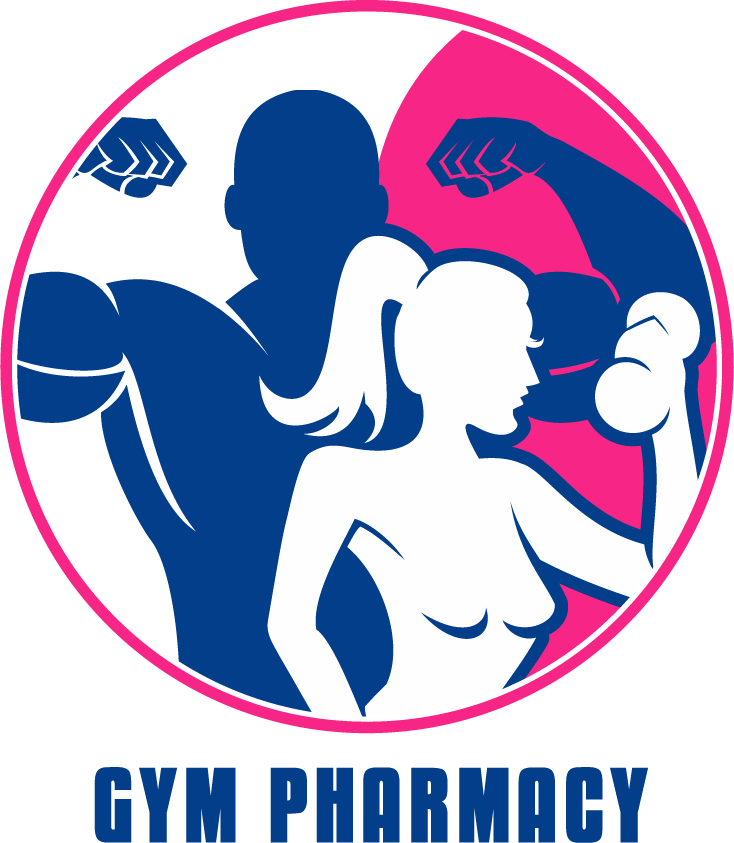Matters of the crotch area gain greater importance as you age!
Kegel exercises, named after Dr. Arnold Kegel, are a set of exercises designed to strengthen the pelvic floor muscles there.
These exercises offer a wide range of benefits, from improving bladder control to enhancing sexual function.
In this blog post, we will explore the importance of kegel exercises, the muscles they target, and how to perform them effectively.
Understanding the Pelvic Floor
The Importance of a Strong Pelvic Floor
The pelvic floor consists of a group of muscles that provide support to the organs in the pelvis, including the bladder, uterus, and rectum. A strong pelvic floor is crucial for maintaining urinary and bowel continence, supporting the pelvic organs, and promoting sexual function.
Identifying the Pelvic Floor Muscles
Locating the Pelvic Floor Muscles
To properly engage the pelvic floor muscles, it’s essential to identify and isolate them.
One way to locate these muscles is by imagining you are trying to stop the flow of urine midstream. The muscles you engage to do this are the pelvic floor muscles.
What is Kegel Exercise?
Basic Kegel Exercises
- Start by emptying your bladder and finding a comfortable seated or lying position.
- Squeeze the pelvic floor muscles, lifting them upward and inward.
- Hold the contraction for a few seconds, then release and relax the muscles.
- Repeat this sequence for a set number of repetitions.
Advanced Kegel Exercises
- Once you are comfortable with the basic kegel exercises, you can progress to more challenging variations.
- Try squeezing and holding the muscles for longer durations, gradually increasing the hold time.
- Experiment with different patterns of contractions, such as quick pulses or alternating short and long holds.
- Remember to always relax the muscles completely between contractions.
Benefits of Pelvic Floor Exercises
Improved Bladder Control
Kegel exercises help strengthen the muscles that control urinary continence, reducing or even eliminating issues like urinary incontinence or frequent urination. They can be particularly beneficial for women during and after pregnancy, as well as individuals with weak bladder control due to aging or other factors.
Enhanced Sexual Function
Strong pelvic floor muscles can lead to increased sexual satisfaction and improved orgasms for both men and women. Engaging the pelvic floor muscles during sex can enhance sensations and improve control.
Postpartum Recovery
Kegel exercises can aid in the recovery of the pelvic floor muscles after childbirth, helping restore their strength and tone. It is important to consult with a healthcare professional for guidance on when to begin kegel exercises postpartum and how to progress safely.
Additional Tips for Kegel Exercises
Consistency is Key
Like any exercise routine, consistency is crucial for optimal results. Aim to perform kegel exercises daily for noticeable improvements. Start with a manageable number of repetitions and gradually increase them over time as your muscles get stronger.
Proper Technique
Focus on isolating the pelvic floor muscles without tensing the abdomen, buttocks, or thighs.
Breathe naturally throughout the exercises, avoiding breath-holding or straining.
Seek Professional Guidance
If you’re unsure about performing kegel exercises correctly or have specific concerns, consider consulting a pelvic floor physical therapist for guidance and personalized instruction.
Conclusion:
Kegel exercises offer numerous benefits for both men and women, promoting pelvic floor strength, bladder control, and sexual function.
By incorporating kegel exercises into your daily routine and following proper technique, you can effectively strengthen your pelvic floor muscles.
Remember, consistency is key, and seeking professional guidance can provide further support and ensure optimal results. Embrace the power within and prioritize your pelvic floor health with kegel exercises.

